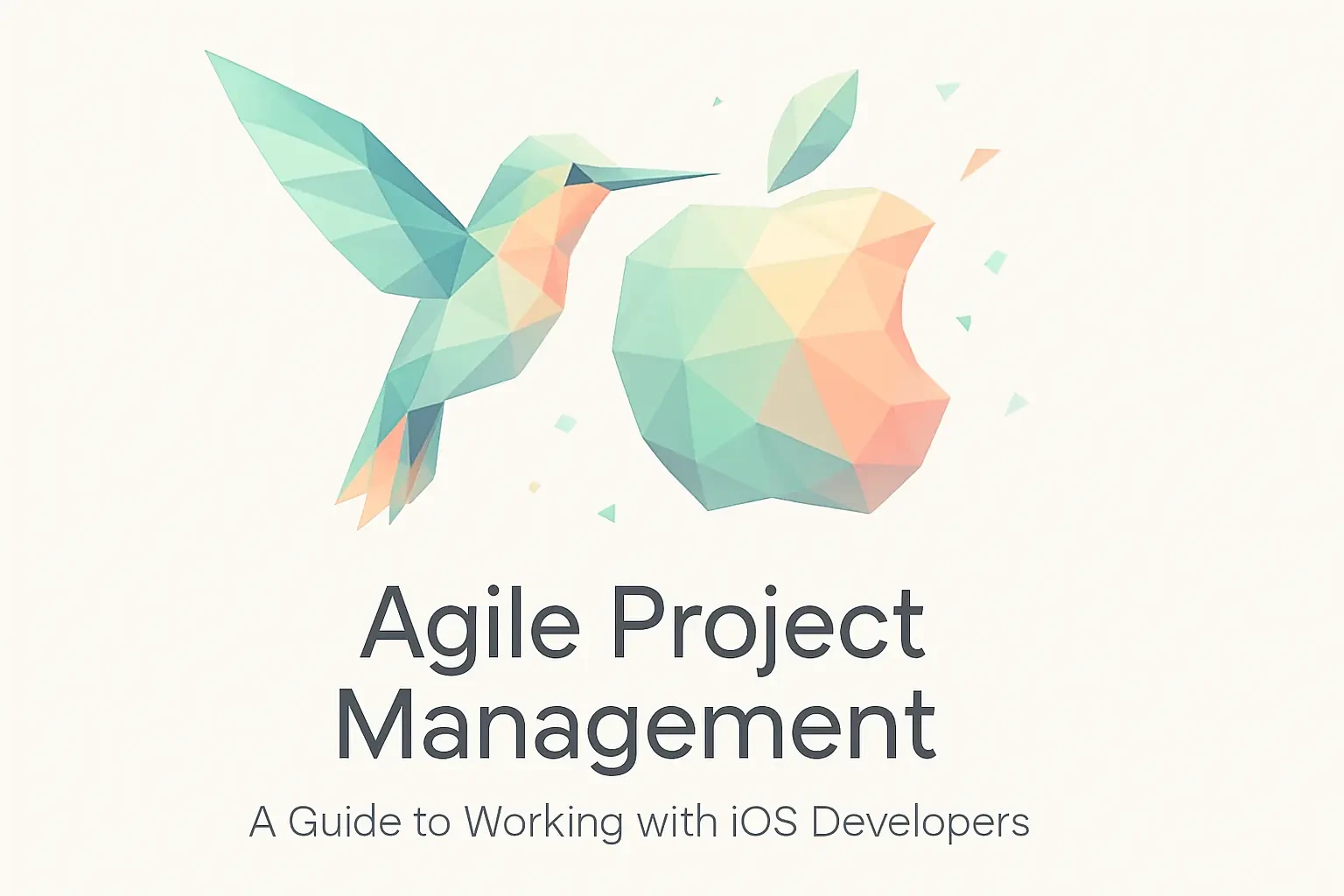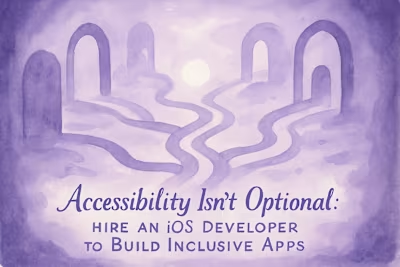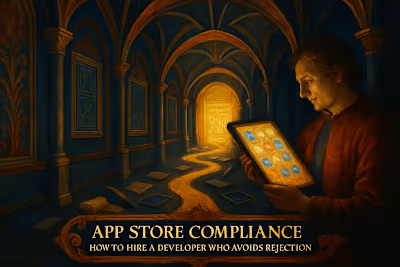Agile Project Management: A Guide to Working with iOS Developers

Agile Project Management: A Guide to Working with iOS Developers
Understanding the Agile Manifesto: Core Values for Success
Individuals and Interactions Over Processes and Tools
Working Software as the Primary Measure of Progress
Customer Collaboration and Responding to Change
Key Agile Methodologies: Scrum vs. Kanban
Scrum: The Iterative Approach
Kanban: The Visual Workflow
Choosing the Right Framework for Your Project
Putting Agile into Practice: Roles, Tools, and Meetings
Defining Roles and Responsibilities
Essential Tools for Agile Project Management
Running Effective Agile Meetings
Conclusion
References
Agile Project Management: A Guide to Working with iOS Developers
Understanding the Agile Manifesto: Core Values for Success
Individuals and Interactions Over Processes and Tools
Working Software as the Primary Measure of Progress
Customer Collaboration and Responding to Change
Key Agile Methodologies: Scrum vs. Kanban
Scrum: The Iterative Approach
Kanban: The Visual Workflow
Choosing the Right Framework for Your Project
Putting Agile into Practice: Roles, Tools, and Meetings
Defining Roles and Responsibilities
Essential Tools for Agile Project Management
Running Effective Agile Meetings
Conclusion
References
Posted Jul 6, 2025
Unlock the secrets to successful iOS app development. Our guide to Agile project management helps you collaborate effectively with developers and deliver high-quality apps faster.











